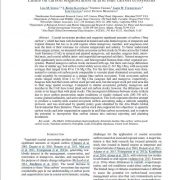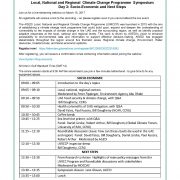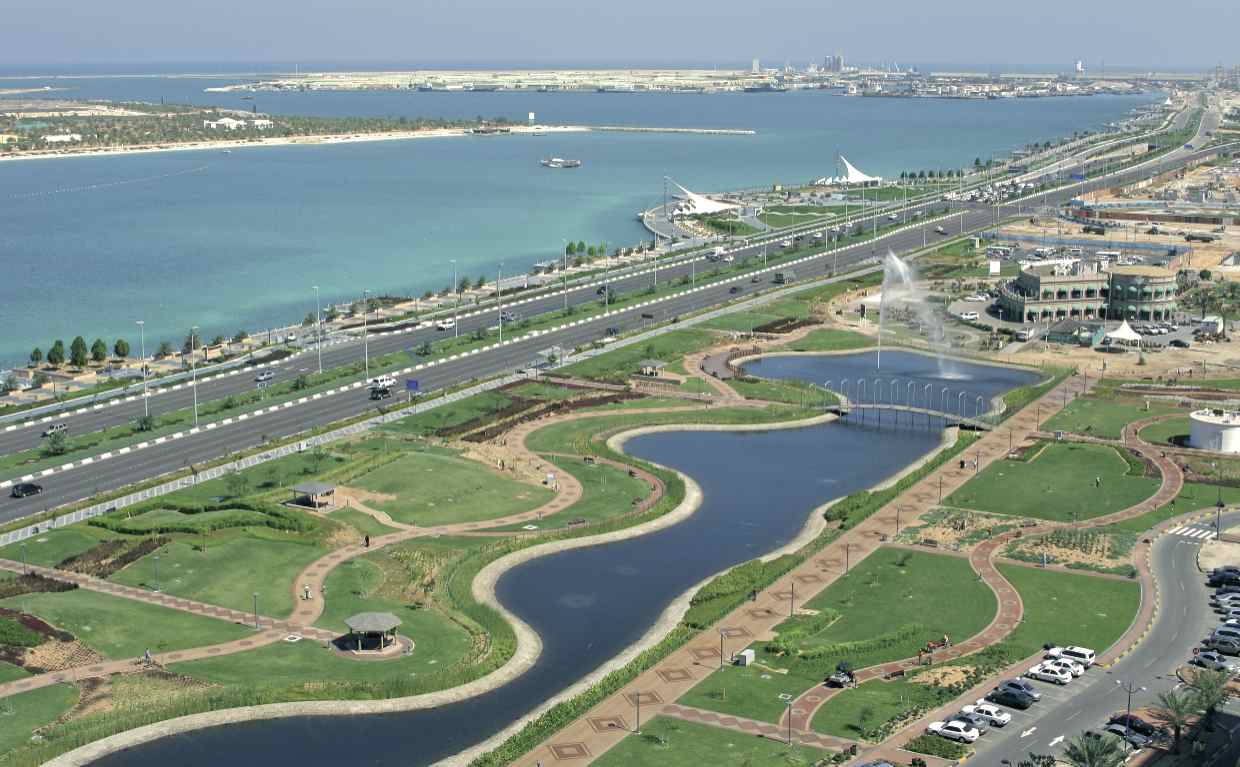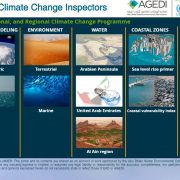Another Publication now online!
We are very pleased to share our Principle Investigators publication released on the findings from our Abu Dhabi Blue Carbon demonstration phase. Congratulations to the team!
Publication: Carbon Storage in Seagrass Beds of Abu Dhabi (4730 downloads )Abstract “Blue Carbon” initiatives have highlighted the significant role of seagrasses in organic carbon (Corg) burial and sequestration. However, global databases on the extent of Cstocks in seagrass ecosystems are largely comprised of studies conducted in monospecific beds from a limited number of regions, thus potentially biasing global estimates. To better characterize carbon stocks in seagrass beds of varying structure and composition, and to further expand the current “Blue Carbon” database to under-represented regions, we evaluate the extent of Corg stocks in the relatively undocumented seagrass meadows of the Arabian Gulf. Surveys were conducted along the coast of Abu Dhabi (UAE) and encompassed sites ranging from sheltered embayments to offshore islands. Seagrass beds consisted of Halodule uninervis, Halophila ovalis and Halophila stipulacea.While seagrasses were widely distributed along the coast, both living and soil Corg stores were relatively modest on an areal basis. Total seagrass biomass ranged from 0.03 to 1.13 Mg C ha−1, with a mean of 0.4±0.1 (±SEM), and soil Corg stocks (as estimated over the top meter) ranged from 1.9 to 109 Mg C ha−1, with a mean of 49.1±7.0 (±SEM). However, owing to the expansive distribution of seagrasses in the Arabian Gulf, seagrass “Blue Carbon” stocks were large, with 400 Gg C stored in living seagrass biomass and 49.1 Tg C stored in soils. Thus, despite low Corg stores for any given location, the overall contribution of seagrass beds to carbon storage are relatively large given their extensive coverage. This research adds to a growing global dataset on carbon stocks and further demonstrates that even seagrass beds dominated by small-bodied species function to store carbon in coastal environments.
Don’t forget to also visit our UAE Blue Carbon Toolkit to interact with the data and findings. The tool has been designed to be simple to use and provide a rapid overview of the approximate total carbon stock value for a selected area of interest. This information is further broken down to provide information on the contribution of each ecosystem to the total carbon stock of the selected area.









